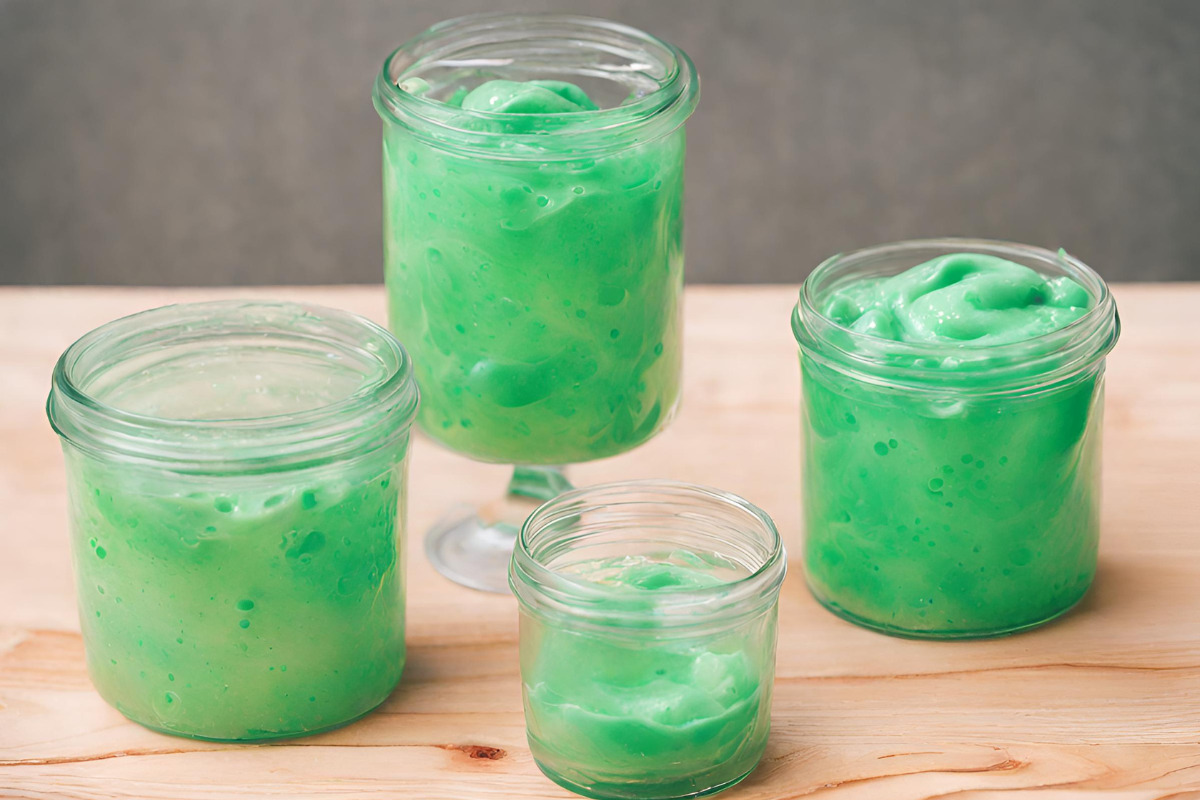Introduction to Slime Making
Welcome to the wonderful world of slime making! Whether you’re a parent looking for a fun and educational activity to share with your kids or a DIY enthusiast eager to dive into the gooey universe of slime, this guide is your ultimate resource. In this article, we’ll explore the fascinating science behind slime, the variety of recipes available, and provide tips for creating the safest and most delightful slime experiences. Ready to get your hands sticky? Let’s jump right into it!
Introduction to Slime
What is Slime?
Slime is not just a plaything; it’s a phenomenon that has captivated the hearts and imaginations of children and adults alike. At its core, slime is a viscous, stretchable substance that comes in an array of colors and textures. The basic science behind slime involves the transformation of PVA glue into a polymer through a chemical reaction, typically initiated by an activator like borax.
Is Slime Safe?
When it comes to slime safety, the answer is a resounding yes, with a small caveat—care must be taken with the ingredients used. Most slime recipes employ borax or its derivatives as the activator, which are safe in controlled quantities. It’s crucial, however, to ensure that children handle these ingredients under adult supervision and follow the correct proportions to avoid any skin irritation.
For an in-depth look at the components that make up slime and their effects, consider exploring resources that delve into the science of polymers, provided by the American Chemical Society.
By understanding what slime is and ensuring its safe production, you set the stage for hours of educational fun. Stay tuned as we delve deeper into the ingredients you’ll need to start your slime adventure in the next section!
Understanding Slime
Main Ingredients for Slime
Creating slime isn’t just fun; it’s a fascinating dive into basic chemistry! Here are the essential components you’ll need for almost any slime recipe:
- Glue (PVA Glue): This is the backbone of your slime. Whether clear or white, glue’s polyvinyl acetate formulation is perfect for slime-making.
- Activator: Typically, this is borax, which transforms the glue into slime by creating cross-linking polymers. For a safer alternative, many choose to use contact lens solution containing boric acid.
- Water: Essential for diluting the glue and activator, making the slime less viscous before it sets.
- Baking Soda: This common household ingredient helps to firm up the slime and adjust its texture.
Adding color and flair is easy! Feel free to include:
- Food Coloring or Paint: To add a splash of color.
- Shaving Cream: For making fluffy slime.
- For detailed guidance on handling these ingredients safely, refer to the Consumer Product Safety Commission’s guidelines.
Types of Slime
Different ingredients and tweaks in the recipe can lead to various types of slime, each with unique properties and fun factors. Here are a few popular types:
- Slime with Borax: The classic recipe that uses borax as the main activator.
- Contact Lens Solution Slime: A safer alternative using boric acid-based contact solution.
- Fluffy Slime: Incorporates shaving cream for a lighter, airier texture.
- Butter Slime: Known for its smooth, spreadable texture thanks to clay.
- Edible Slime: Made with non-toxic ingredients, safe for young children.
Exploring these types allows for endless creativity and adaptation based on personal preferences or safety considerations.
In the upcoming section, we’ll walk through some DIY slime projects, sharing step-by-step instructions for making each type of slime. Prepare to unleash your creativity as we dive into the colorful world of slime recipes!


